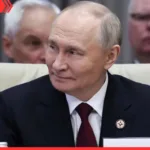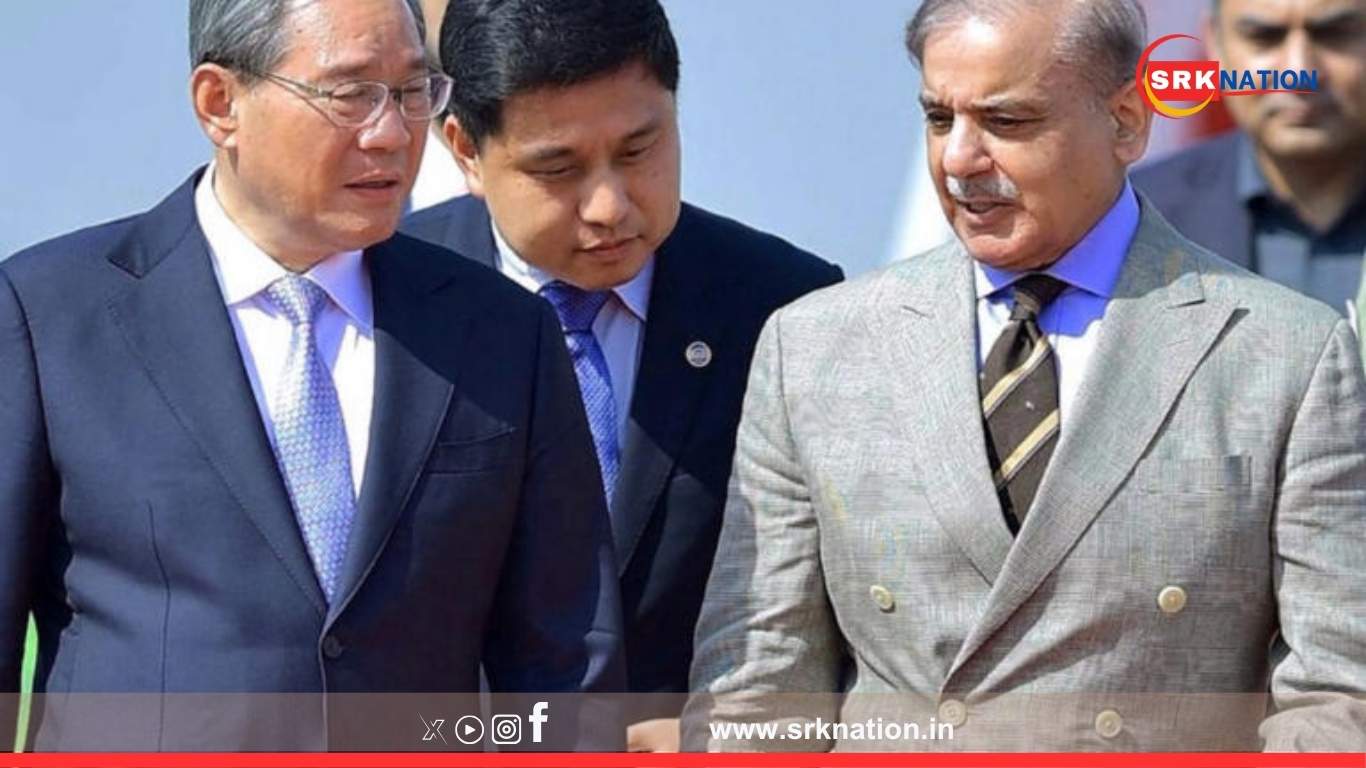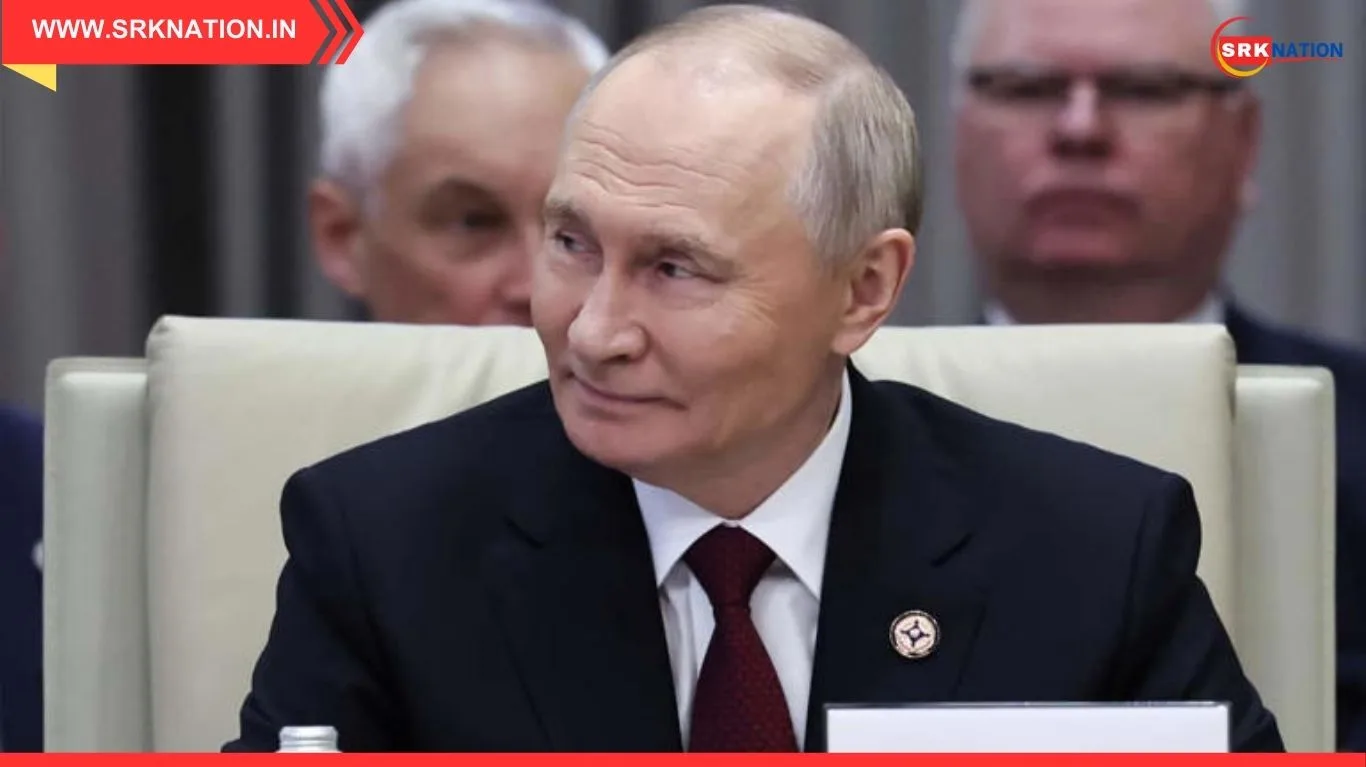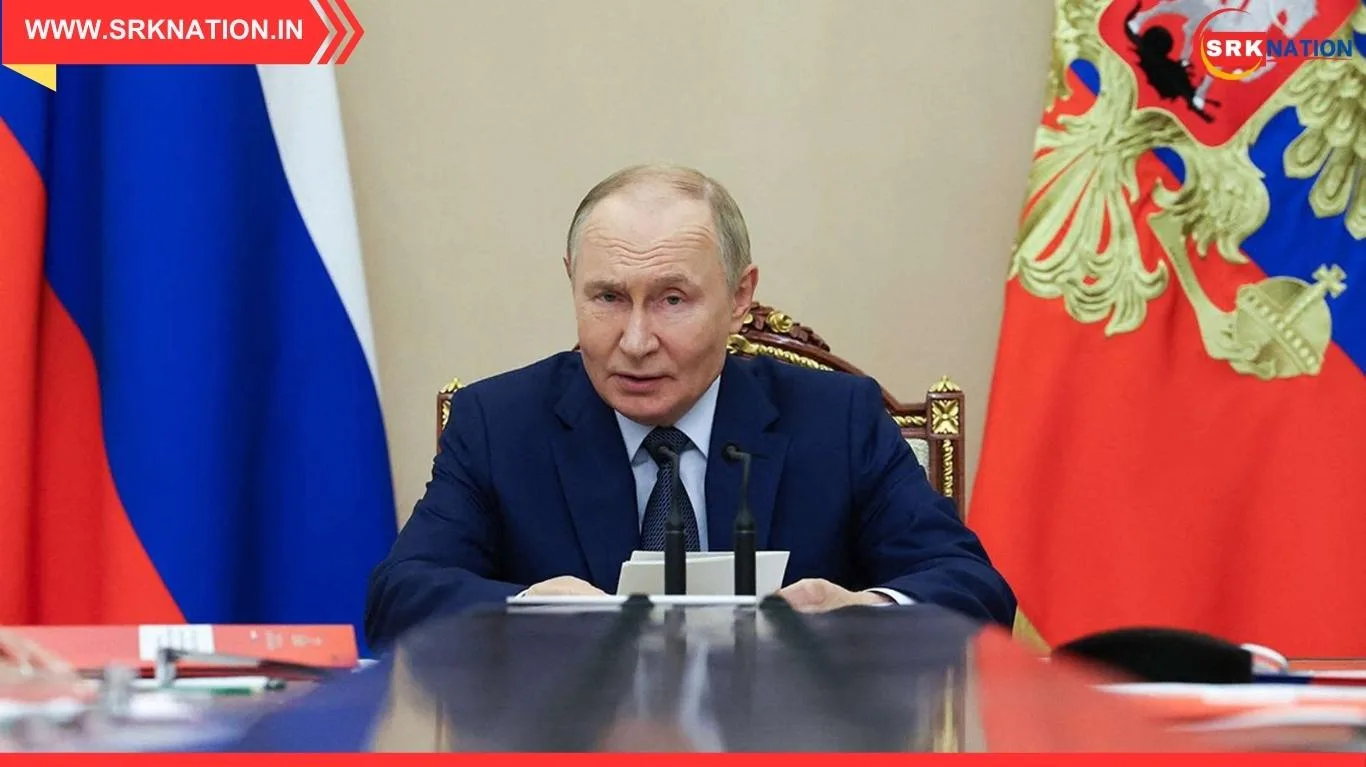In a significant geopolitical development, Pakistan and China are reportedly holding discussions to form a new regional bloc that could potentially replace the South Asian Association for Regional Cooperation (SAARC). Diplomatic insiders reveal that the move is aimed at creating a broader and more powerful regional framework that aligns with the emerging interests of both countries while marginalising India’s traditional leadership in South Asian affairs.
Why SAARC Is Losing Relevance
The South Asian Association for Regional Cooperation, established in 1985, aimed to promote economic integration and regional stability. However, it has remained largely inactive since the cancellation of the 19th SAARC summit in 2016 following heightened tensions between India and Pakistan. In recent years:
- No significant summit has been held, leaving regional cooperation in limbo.
- Member states have shifted focus to alternative groupings such as BIMSTEC for economic and security collaboration.
- The lack of consensus due to Indo-Pak rivalry has made SAARC’s institutional framework ineffective.
Proposed New Bloc: Key Details
Sources close to Islamabad and Beijing suggest that the proposed bloc would:
- Include China, Pakistan, Iran, Afghanistan, and select Central Asian nations, broadening regional participation beyond SAARC’s South Asian focus.
- Function as a strategic economic and political alliance to integrate China’s Belt and Road Initiative (BRI) projects, especially the China-Pakistan Economic Corridor (CPEC), with Central and South Asian economies.
- Exclude or sideline India, reflecting Beijing and Islamabad’s shared view that India’s regional dominance needs to be counterbalanced.
Pakistan’s Motivations
For Pakistan, forming this new bloc serves multiple purposes:
- Counter India’s Influence
Islamabad has long argued that India uses SAARC to block consensus decisions, especially on security and connectivity. - Enhance Regional Trade And Connectivity
By integrating with China and Central Asian states, Pakistan hopes to position itself as a key transit hub linking East Asia, South Asia, and the Middle East. - Leverage China’s Economic Power
Aligning with China strengthens Pakistan’s geopolitical standing, especially as it seeks investment and security assurances amid domestic economic challenges.
China’s Strategic Objectives
China supports this proposed bloc as part of its broader regional vision:
- Expand BRI Influence
The new grouping could institutionalise Belt and Road connectivity corridors across South Asia and Central Asia. - Marginalise India
A new regional framework without India’s leadership would weaken New Delhi’s diplomatic leverage in its traditional backyard. - Strengthen Ties With Iran And Central Asia
Including Iran and Central Asian republics consolidates China’s energy and trade partnerships, crucial for its long-term growth strategies.
Potential Members And Benefits
| Country | Potential Gains From Joining The Bloc |
|---|---|
| Pakistan | Enhanced geopolitical status, increased trade routes, CPEC integration benefits |
| China | Strengthened BRI outreach, regional security influence |
| Iran | Access to Asian markets, political support amid Western sanctions |
| Central Asian nations | Alternative routes to sea, Chinese investment influx |
| Afghanistan | Connectivity, aid, and diplomatic recognition from new partners |
India’s Position And Concerns
India has long viewed SAARC as its strategic regional platform, despite tensions with Pakistan. Analysts believe:
- Exclusion from the new bloc would diminish India’s regional diplomatic leadership, pushing it further towards Quad and BIMSTEC partnerships.
- Economic and security integration projects under the new bloc could bypass India, affecting its influence over trade corridors in South Asia.
- Potential dual regionalism may emerge, with India leading BIMSTEC and the China-Pakistan bloc driving an alternative Eurasian-South Asian framework.
Response From SAARC Members
Other SAARC countries, including Bangladesh, Sri Lanka, Nepal, Bhutan, and Maldives, are closely monitoring developments. Diplomatic sources suggest:
- Bangladesh and Sri Lanka may adopt a wait-and-watch approach, weighing benefits against losing India’s proximity.
- Nepal and Bhutan remain focused on SAARC revival, wary of getting entangled in major power rivalries.
- Maldives maintains balanced ties with India and China, likely to evaluate decisions based on economic incentives offered by either bloc.
BIMSTEC’s Rising Role Amid SAARC Decline
As SAARC stagnates, the Bay of Bengal Initiative for Multi-Sectoral Technical and Economic Cooperation (BIMSTEC) has gained prominence, offering:
- Active maritime and connectivity projects
- Strong Indian backing with participation from Thailand, Myanmar, Bangladesh, Sri Lanka, Bhutan, and Nepal
- Greater economic integration opportunities within South and Southeast Asia
The proposed China-Pakistan-led bloc may thus emerge as a direct competitor to BIMSTEC in the region.
Geopolitical Implications For Asia
- Increased Regional Polarisation
New alliances could intensify the China vs. India strategic divide, affecting trade routes, maritime security, and diplomatic negotiations. - Enhanced Chinese Footprint
By integrating Central and South Asia, China strengthens its position as the dominant economic and security actor across the Eurasian belt. - Potential For Proxy Competition
Regional infrastructure projects, port developments, and military agreements could become instruments of influence for both blocs.
Expert Opinions
Regional analysts have mixed views:
- Some argue that the bloc could enhance trade and integration, especially for landlocked Central Asian nations needing new sea routes.
- Others warn that excluding India could create fragmented, conflicting frameworks, weakening the collective bargaining power of Asian nations in global forums.
Next Steps In Bloc Formation
Diplomatic consultations are expected to continue through upcoming bilateral meetings and international summits. Key areas of negotiation include:
- Membership structure and voting rights
- Secretariat and institutional framework
- Integration with BRI and CPEC projects
- Security cooperation, including counter-terrorism and border management
Conclusion
The potential formation of a new regional bloc by Pakistan and China marks a significant strategic realignment in South Asia. If realised, it could replace SAARC’s dormant framework and reshape regional diplomacy, connectivity, and economic collaboration for decades. However, whether it succeeds depends on the willingness of other South Asian and Central Asian nations to join an alliance that risks further polarising Asia’s already complex geopolitical landscape.











